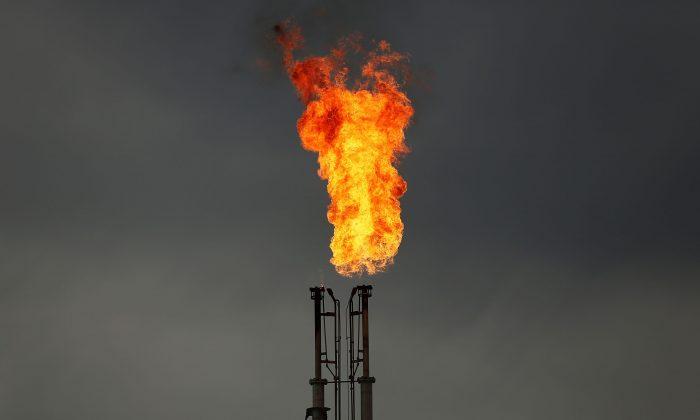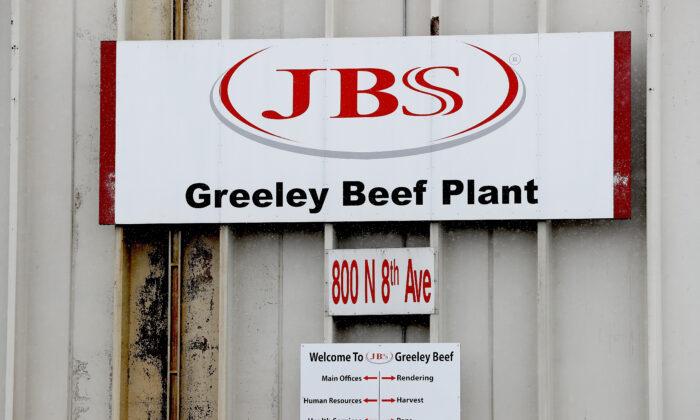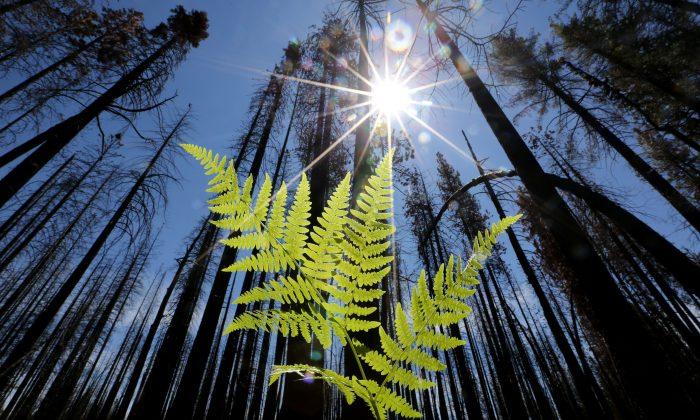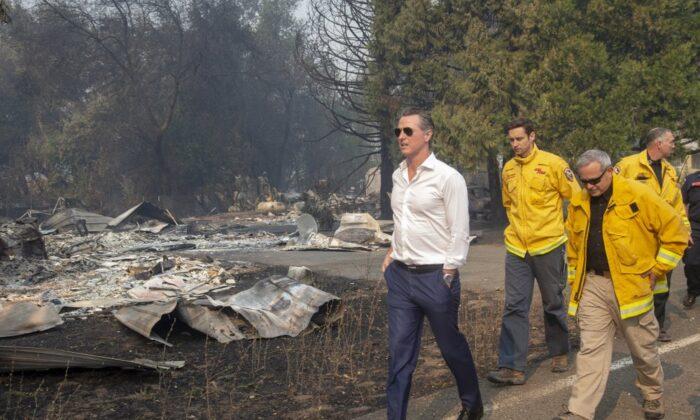With low liquid natural gas (LNG) prices making U.S. exports an increasingly attractive option for other nations’ electricity generation, industrial processes, and space heating, a string of LNG infrastructure projects around the world are indicating where the LNG market could develop in the coming years.
Surviving Reduced Demand and Low Prices
It remains to be seen, however, whether U.S. gas companies can weather the storm of historically low prices exacerbated by a mild winter across Europe and Asia and a fall-off in Chinese demand as a result of the coronavirus.Shares in several U.S. LNG firms fell this week, with supply-side gluts and suspended orders driving prices down. Stocks in companies such as Cheniere Energy Inc. and Tellurian Inc. fell Thursday as major LNG importer China National Offshore Oil Corp. suspended a number of delivery contracts, citing force majeure.
Long-Term Outlook Positive
A report (pdf) from fossil fuel giant Shell this week was overwhelmingly positive about LNG’s prospects. Shell’s Integrated Gas and New Energies Director Maarten Wetselaar said: “Record supply investments will meet people’s growing need for the most flexible and cleanest-burning fossil fuel. While we see weak market conditions today due to record new supply coming in, two successive mild winters, and the coronavirus situation, we expect equilibrium to return, driven by a combination of continued demand growth and reduction in new supply coming on-stream until the mid-2020s.”US Energy Leadership
In his 2020 State of the Union address on Feb. 4, President Donald Trump said: “We have unleashed a revolution in American energy. The United States is now the number one producer of oil and natural gas anywhere in the world. And now, for the first time in 65 years, we are a net exporter of energy.”The U.S. government has also warned the European Union against becoming too reliant on Russian gas supply giant Gazprom, and stated that boosting LNG imports from the United States and other sources would help ensure European energy security.
Developments and investments in fracking American shale gas have allowed the United States to increase LNG exports and ensure low prices.
Portuguese Infrastructure
During a visit to the Portuguese port of Sines last week, Brouillette said the facilities there could be a stepping stone for the development of American LNG supply in the region.Plans to expand Sines LNG terminal facilities would therefore create “an enormous opportunity for U.S. industry, as well as the government,” Brouillette told The Associated Press.
“This is the closest [European] port to the U.S.,” Brouillette said.
Sines, an industrial town and Portugal’s main deepwater port and logistics hub, is situated some 90 miles south of Portugal’s capital, Lisbon. Broulliette said he believes the port “serves as an important gateway to Europe.”
Swedish Port Upgrade
The European Investment Bank (EIB) announced this week that it had signed a $45 million loan agreement to upgrade the port facilities at Ystad on Sweden’s southern-most coast. Located close to the cities of Malmö, Sweden, and Copenhagen, Denmark, the port at Ystad will be deepened and extended to accommodate larger LNG tankers.Nicaraguan LNG Project
According to a report, New York-based energy infrastructure company New Fortress Energy LLC also announced this week that it has inked a deal with two Nicaraguan electricity grid companies on a 25-year power purchase agreement (PPA). The deal means that New Fortress will build a 300-megawatt natural gas-fired power plant near Puerto Sandino on Nicaragua’s west coast, with the plant requiring an offshore LNG terminal to receive, store, and regasify the fuel. The project adds to the company’s LNG portfolio, which boasts undertakings in Jamaica, Mexico, Ireland, and the United States.US Support for 3 Seas Initiative
At the European Council on Foreign Relations’ Munich Security Conference in Germany last week, Secretary of State Mike Pompeo announced $1 billion in U.S. support for the energy independence of Eastern European allies.Pompeo said the new U.S. commitment would “provide up to $1 billion in financing to Central and Eastern European countries of the Three Seas Initiative.” The goal is “to galvanize private sector investment in the energy sector to protect freedom and democracy around the world,” said Pompeo.
Most Three Seas participants used to be part of the former communist Eastern Bloc, which was dominated by the Soviet Union. Their infrastructure was therefore not only underdeveloped in comparison with Western Europe, but also focused mainly on interconnections along east-west axes, which was a major impediment to economic growth in the region. In terms of energy, moreover, the region remained dependent on a single supplier of gas and oil—Russia.
European Gas Demand Growing
According to a report from S&P Global Platts, Europe’s largest gas field—the Groningen field in the northeastern part of the Netherlands—will cease production in 2022, some eight years ahead of schedule. However, Platts states that the shortfall will easily be covered by increased Russian pipeline capacity and LNG deliveries to North Sea terminals.American suppliers will not have it all their own way, however. Qatar Petroleum announced this week that it will supply up to 3 million tons of capacity per annum to the Montoir-de-Bretagne LNG facility of French gas and electricity group Engie, with the deal running until 2035. The facility is located near Nantes on France’s Atlantic coast.





